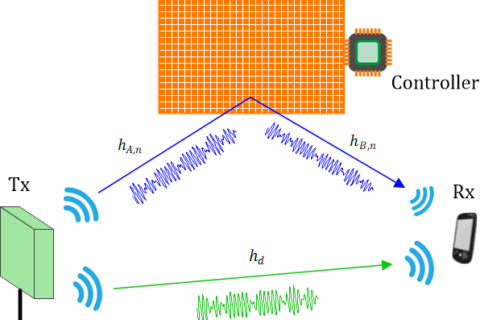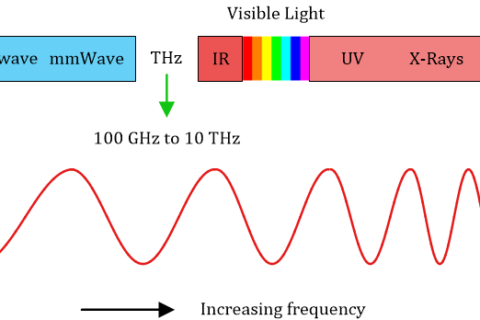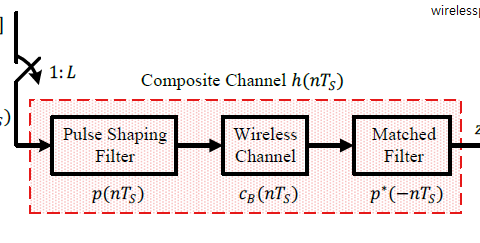Rising wireless traffic demands a continuous improvement in aggregate data rates delivered within a geographical area. One of the fundamental resources to achieve this goal is increasing the bandwidth. A wider bandwidth directly translates into higher throughput, just like increasing the number of lanes on a road directly impacts the traffic handled at peak times. This is the original reason for opening up the higher GHz and THz bands where vast amounts of empty spectrum is available.
A bird’s eye view of the history of wireless transmission reveals that the wireless throughput increase during the past century has relied far more on bandwidth expansion than smart physical layer techniques. At the same time, currently used spectrum at microwave frequencies spans only several hundreds of MHz. This puts a limit on the gain that can be extracted through bandwidth expansion. Past efforts to increase this scarce spectrum have mostly been made in the following two directions.
- Reallocate the existing microwave spectrum is one strategy that can create spaces for new applications. However, this has not been a successful approach due to reasons such as having a limited spectrum to start with and high costs of moving the existing allottees. One such redistribution from terrestrial TV portion generated only about 80 MHz of extra spectrum.
- Intelligent sharing of spectrum through cognitive radio received large amounts of research funding as a potential solution. Nevertheless, two factors significantly hindered its widespread adoption. One is the reluctance on part of licensed spectrum holders to share it with secondary opportunistic users. The second is that the march of current 5G and later standards is towards an ever-present wireless connectivity. Intelligence costs money and rather than continuously sensing the environment for simply a permission to transmit, signal processing energy budget can be allocated to more useful applications arising from such vast networks.
Due to these obstacles, the trend of spectrum expansion has looked towards other directions. At the time of this writing, 3.5 GHz range (3.3 GHz to 4.2 GHz) has become very attractive for 5G deployments around the world due to spectrum availability and good coverage at low frequencies. Nevertheless, this spectrum is still limited and mmWave band has become the most significant contributing factor behind astronomically high data rates in 5G systems.
Strictly speaking, millimeter wave (mmWave) spectrum is considered as occupying the wavelengths between 1 mm to 10 mm. Let us denote the wavelength by $\lambda$ and use the relation $c=f \cdot \lambda$ where $c$ is the speed of an electromagnetic wave and $f$ is the carrier frequency. Then, $\lambda=1$ mm implies
\[
f = \frac{c}{\lambda} = \frac{3\times 10^8}{1\cdot 10^{-3}} = 300 \text{ GHz}
\]
In a similar manner, a wavelength of 10 mm corresponds to
\[
f = \frac{c}{\lambda} = \frac{3\times 10^8}{10\cdot 10^{-3}} = 30 \text{ GHz}
\]
Therefore, the mmWave spectrum span lies between 30 GHz and 300 GHz, although the term is commonly associated with the band between 10 GHz and 100 GHz in the wireless community. The remaining 100 GHz to 300 GHz spectrum is loosely defined as sub-TeraHz. The TeraHz band is now defined as the portion of the spectrum between 100 GHz and 10 THz as illustrated at a logarithmic scale in the figure shown above.
Most providers are focusing on the spectrum between 24 GHz and 100 GHz for 5G cellular systems although trials in sub-TeraHz bands are already on their way for possible inclusion in 6G standard.
The channel propagation of the electromagnetic waves in this band are different than the microwave frequencies. Although the path loss can be compensated for by employing multiple antennas, blockage and molecular absorption are significantly higher thus limiting the range of a mmWave communication system.
Fortunately, this heavy signal loss helps in limiting the interference among adjacent cells, thus helping to build a network with smaller cells. This results in a larger frequency reuse factor or more bits delivered per Hz per square km.



